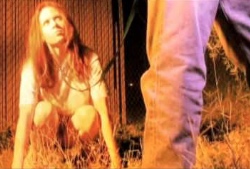
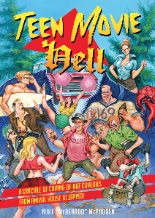 Teen Movie Hell, if released 20 or so years ago, would desperately sit on my shelf next to the various Psychotronics and Gore Scores, yellowing with useful age, pages dog-eared beyond belief. Sadly, it’s not 20 or so years ago, so this read — and what a great read it is — and its collection of movie reviews is mostly superfluous in the age of the internet.
Teen Movie Hell, if released 20 or so years ago, would desperately sit on my shelf next to the various Psychotronics and Gore Scores, yellowing with useful age, pages dog-eared beyond belief. Sadly, it’s not 20 or so years ago, so this read — and what a great read it is — and its collection of movie reviews is mostly superfluous in the age of the internet.
Good thing that I — and mostly middle-aged shut-ins like me — still have those Psychotronics and Gore Scores in their bookcases, a little less used but still ultimately revered, and am still able to find a spot on the shelf for Mike “McBeardo” McPadden’s latest tome, even if its re-readability is strained in this modern day and age.
Still, McPadden does a good job of capturing those youthful urges and rejected dirges to see little darlings, party animals and bikini carwashes in their natural environment of toplessness, surrounded with plenty of suds — of both the beer and bathing variety — as a fat guy belly-flops into a pool while a dog with sunglasses covers his head in disbelief.
Dissecting the lesser-known trash — Computer Beach Party and Hamburger: The Motion Picture, for example — alongside the well-known flicks the cool kids favored — The Breakfast Club and Pretty in Pink ring a bell? — as well as a couple of questionable-but-welcome entries (including Police Academy, this former teen’s favorite) — Teen Movie Hell is definitely is a must-have for anyone with a nostalgic bent that begins in their pants and doesn’t go much further.
Enjoy your home on my shelf next to this stack of Re/Search books. —Louis Fowler


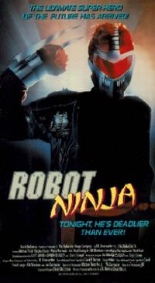
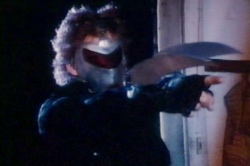
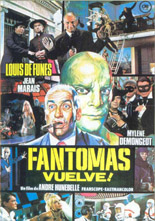
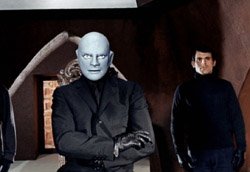
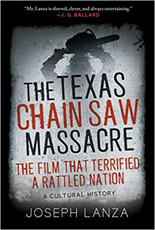
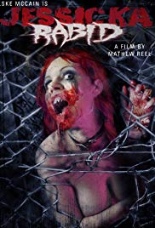
 Picked up and released by Troma, which just about says it all,
Picked up and released by Troma, which just about says it all, 